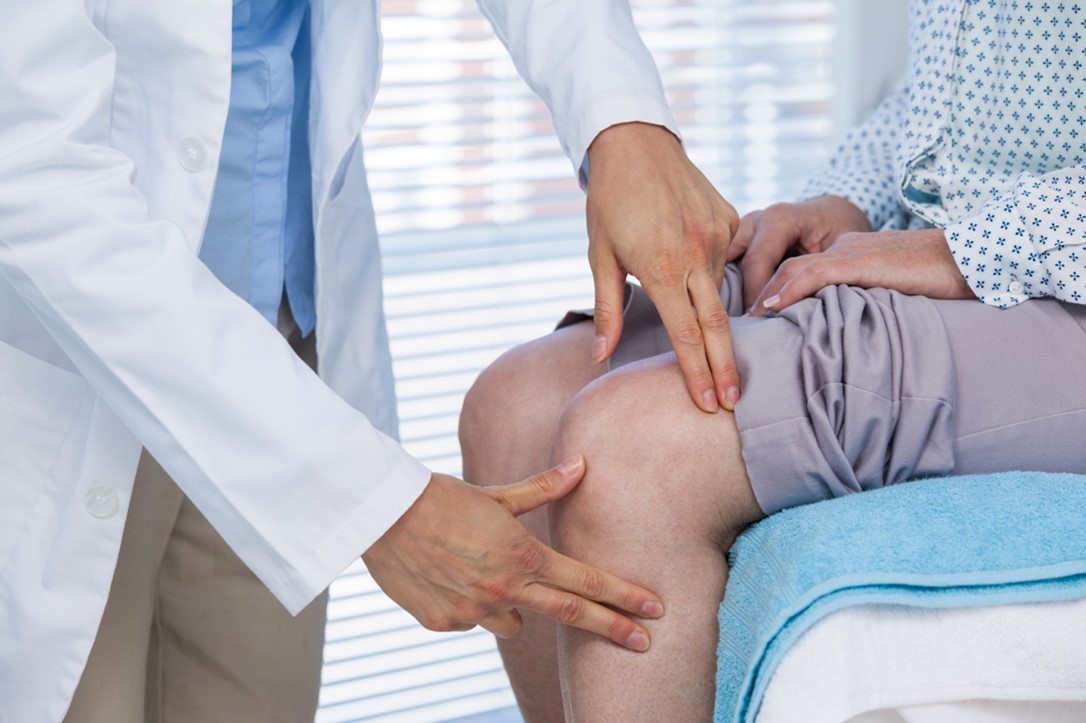For athletes and active individuals, an Anterior Cruciate Ligament (ACL) injury can be a game-changer, often requiring surgery to get back on track. ACL surgery is a common procedure aimed at repairing one of the key ligaments in your knee.
This blog will guide you through what ACL surgery includes, why it is necessary, and what you can expect during the recovery process.
Understanding ACL and its importance
The ACL is one of the four major ligaments in the knee, crucial for stability and smooth movement. It is often injured during sports that involve sudden stops and changes in direction, like soccer, basketball, and skiing.
When is ACL surgery needed?
ACL surgery is recommended when:
· The ACL is significantly torn or ruptured.
· The knee buckles or gives way during everyday activities.
· You are an athlete wanting to return to sport.
· You have more than one injured knee ligament.
The ACL surgery process
· Pre-surgery evaluation: involves physical exams and imaging tests like MRI to assess the damage.
· Type of surgery: the most common type is arthroscopic surgery, which is minimally invasive.
· Graft selection: a piece of tendon, either from your body or a donor, is used to replace the damaged ACL.
· Procedure: small incisions are made, and a camera is inserted to guide the surgery.
· Post-Op: initial recovery involves managing pain and reducing swelling.
Recovery and rehabilitation
The success of ACL surgery heavily depends on the post-operative care and rehabilitation process, which includes:
· Rest and ice: to reduce swelling and pain.
· Physical therapy: starts a few days post-surgery to regain motion and strength.
· Bracing: a knee brace might be recommended to protect the graft.
· Gradual return to activities: full recovery can take several months to a year.
Life after ACL Surgery
Most people can return to their previous level of activity, including sports, after ACL surgery. However, it is important to:
· Follow your physical therapy regimen religiously.
· Wear proper protective gear when resuming sports.
· Stay patient and positive, as recovery times can vary.
Conclusion
ACL surgery, while daunting, can be a pathway back to an active, fulfilling life. It combines advanced surgical techniques with dedicated rehabilitation to restore knee function and stability. If you are facing ACL surgery, remember that with the right care, support, and attitude, you can overcome this hurdle and return to your passion stronger than ever.


